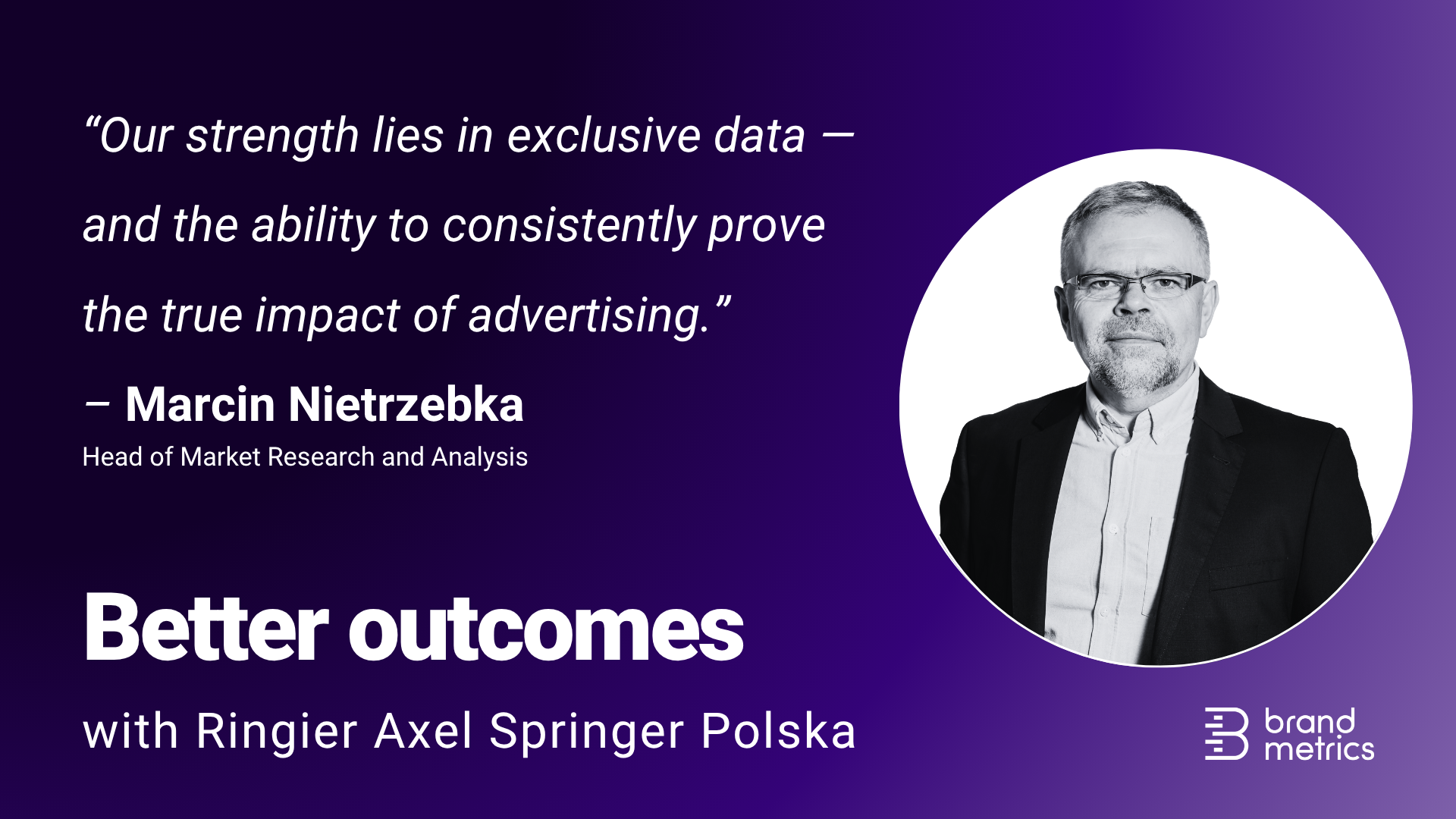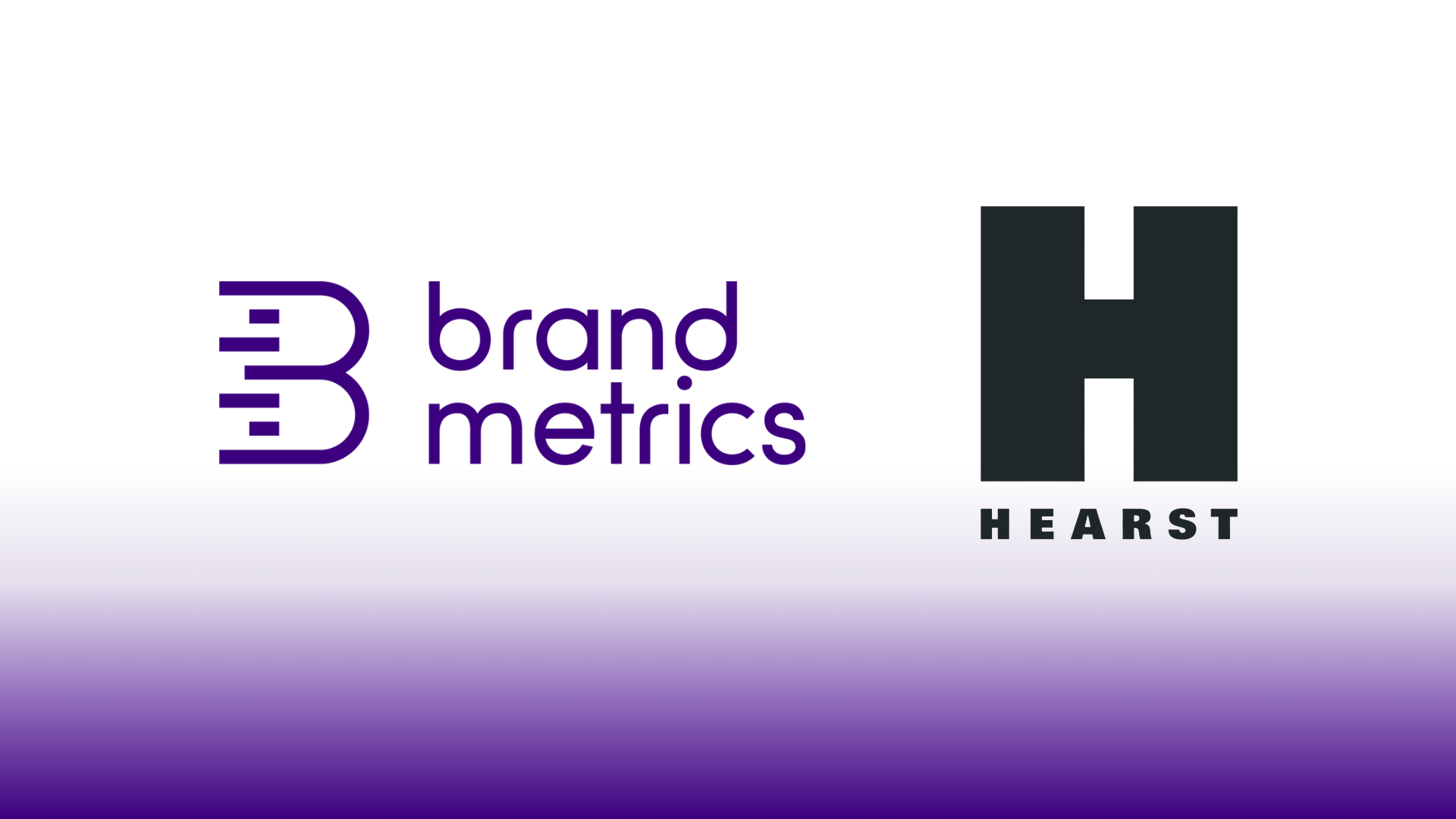Better Outcomes with The Financial Times

Better Outcomes is a new content series from Brand Metrics, in which we talk to our customers about outcomes data: what it currently means to them, how they are using it and also where they see the topic developing in future.
Kicking off the series, we spoke with Robert Nieuwenhuys, Head of Insight, and Joshua Ford, Innovation Director for Digital Advertising at the Financial Times.
Together, they offered a compelling look into how the FT is meeting growing expectations around outcomes data and where they believe the industry is headed next.
1. Personal Introductions
Robert Nieuwenhuys heads the FT’s global insight team for advertising effectiveness, supporting ad sales with audience insights, product research, and primarily brand effectiveness measurement.
Joshua Ford drives innovation in digital ad formats and measurement. His focus is on building products that align more closely with advertisers' goals—and on proving their performance.
“We're constantly evolving our advertising solutions to reflect marketing priorities and deliver more measurable outcomes.”– Joshua Ford
2. Introducing Outcomes Data
At the FT, “outcomes data” means more than just traditional media KPIs like CTR.
“We’re shifting focus toward metrics that better reflect long-term brand impact such as awareness and consideration uplift because research from the likes of IPA, Google and Meta consistently shows these are more predictive of future growth, profitability, and market share than short-term click-based behaviours.” – Joshua Ford
Josh explained how the FT team therefore looks at performance indicators like attention, exposure, audience reach, engagement, and brand uplift—metrics that are more tightly aligned to true marketing goals.
Robert added that in the FT’s B2B-heavy environment, brand uplift is the clearest indicator of campaign success, (“Our North Star!”) even if it can be complex to measure.
Over time, the FT’s definition of outcomes has broadened. The team is constantly exploring new metrics to add human and contextual depth to campaign reporting.
3. Industry Demand
The demand for outcomes data is coming from both inside and outside the business. While advertisers increasingly expect robust measurement, the FT also takes a proactive role in innovating its approach.
“Brand uplift has become a bit of a prerequisite for many campaigns.” – Robert Nieuwenhuys
Josh highlighted the strength of FT’s direct media relationships, which allow for close collaboration with clients.
Client goals vary widely, with different metrics and thresholds used to define success. FT’s team tailors measurement and campaign strategies to client KPIs, applying a test-and-learn approach to drive continuous improvement.
Robert noted growing requests to measure across channels—including podcasts, mobile, content, and print—and the increasing complexity of managing multi-channel measurement at scale.
“At the FT, we don’t just look at digital—we measure print and other offline channels too. Thanks to our community of engaged readers, we can test creative like print ads and branded content, and give advertisers useful feedback on how their campaigns are landing across different formats."– Robert Nieuwenhuys
4. Collecting Outcomes Data
The FT collects outcomes data through a mix of Brand Metrics studies and insights from its FT Reader Panel, a cohort of engaged subscribers.
Robert explained how aggregating studies helps reveal performance norms, feeding insights into planning conversations.
“On average, advertisers see a +15% uplift across the marketing funnel when partnering with the FT. A strong factor driving this double digit uplift is our trusted environment which has a positive rub off on advertised brands” – Robert Nieuwenhuys
The challenge lies in stitching together disparate data points—from display to audio—and telling a coherent story. The team uses these learnings to guide campaign planning and recommend the most effective formats.
5. Using Outcomes Data
Outcomes data isn't just for post-campaign reporting—it shapes product development, informs planning, and drives storytelling.
Josh emphasized a holistic planning philosophy: lead with audience insights, then tailor KPIs and tactics to fit.
“We don’t want to be chasing outcome proxies at the expense of audience quality or reach.” – Joshua Ford
Both speakers cited examples of how data is being turned into sales narratives. For instance, the FT used research on branded content preferences to build a full-funnel story combining content formats, uplift benchmarks, and audience insights.
On the product innovation side, Josh’s team uses eye-tracking and attention scoring to validate new formats, testing in phases before a full launch.
6. Looking Ahead
There may not be a one-size-fits-all formula for the perfect campaign, but both Josh and Robert see outcomes data helping FT consistently deliver campaigns that perform, whilst also unlocking insights to help plan better for the future.
“We can forecast, but we’re careful not to guarantee. There are too many moving parts.” – Robert Nieuwenhuys
Josh highlighted how the FT is designing products with predictive KPIs in mind—using historic data and probabilistic attention signals to help advertisers get the best chance of success.
But challenges lie ahead. Cookie deprecation, consent changes, and uneven measurability across channels (especially print) will require new thinking.
“Outcome proxies should guide strategic decisions, not dictate them” – Joshua Ford
Robert also warned of "measurement overload": with so many metrics in play, it’s crucial for the industry to agree on a few core indicators like attention and brand uplift.
Closing Thoughts
This conversation with the Financial Times reveals a publisher committed to leading, not just responding to the evolving world of outcomes data.
As more advertisers demand meaningful metrics and predictive insight, the FT is setting the bar for how outcomes data can shape strategy, improve products, and prove value.


.png)


.png)
.png)
 TL (1920x1080).jpg)


